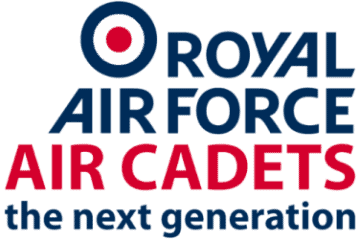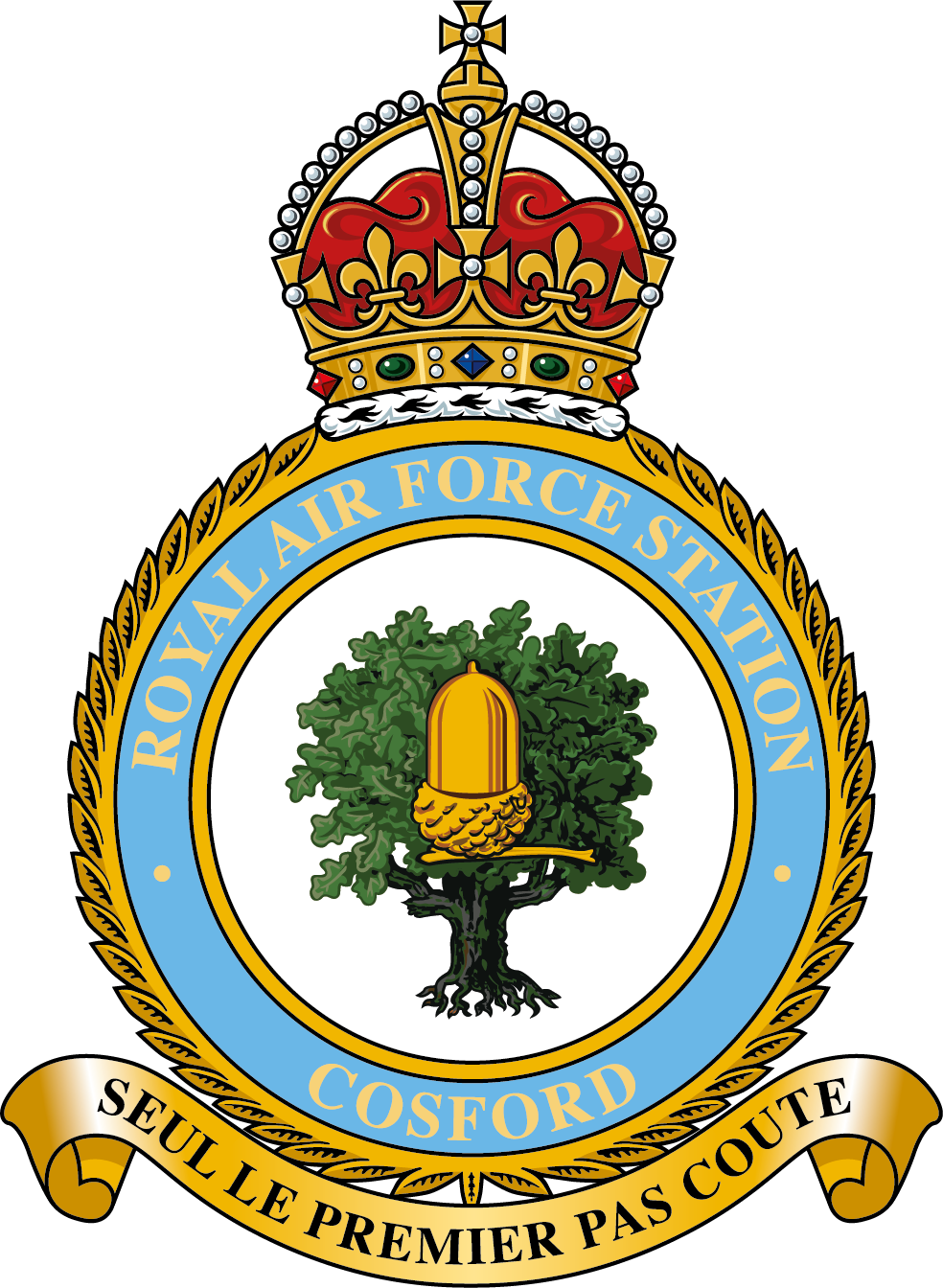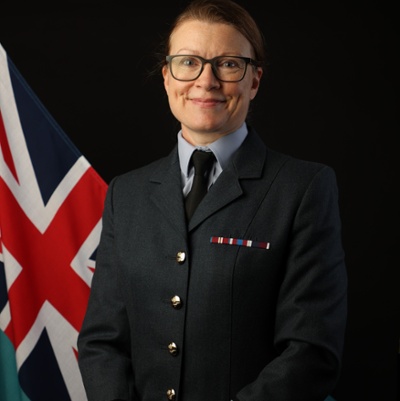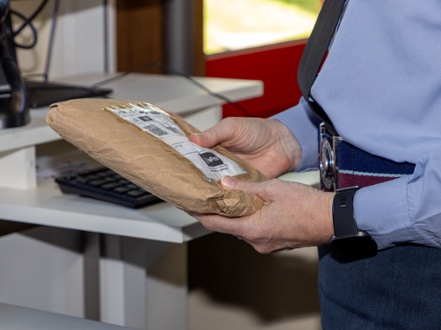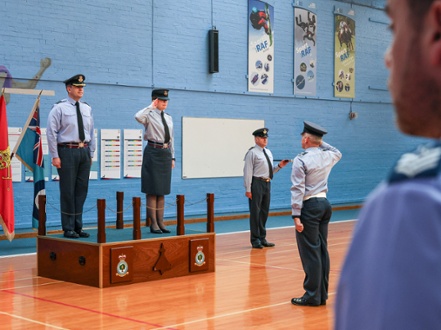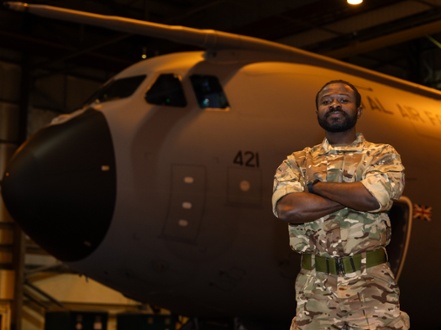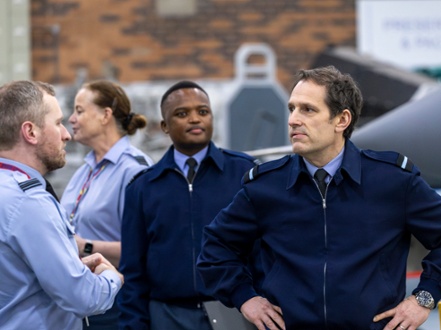History
Building started at Cosford in August 1937. The RAF's No 2 School of Technical Training was stood up and the station formally opened on 15 July 1938. By the outbreak of World War Two, Cosford had 3,580 trainees consisting of apprentices in the trades of (Fitter) Engines, Airframes, Armourers, plus a significant number of Flight Mechanics and Flight Riggers (however, the apprentice element was ordered back to RAF Halton in March 1940).
In March 1939 No 9 Maintenance Unit took up residence at Cosford, its initial role being to store, maintain, modify, repair and, ultimately, issue aircraft to operational units. Cosford became synonymous with the Spitfire when 2,700 were prepared on the station for front line service.
Throughout the war years many and varied units came to Cosford, (an Officers' School, No 12 Ferry Pilots Pool, a Czechoslovak Depot, School of Musketry to name but a few); some remained for many years while others departed relatively quickly.
A major RAF Hospital was added to the site in 1940 and towards the end of the war it was decided that repatriated RAF PoWs would be processed through RAF Cosford.

